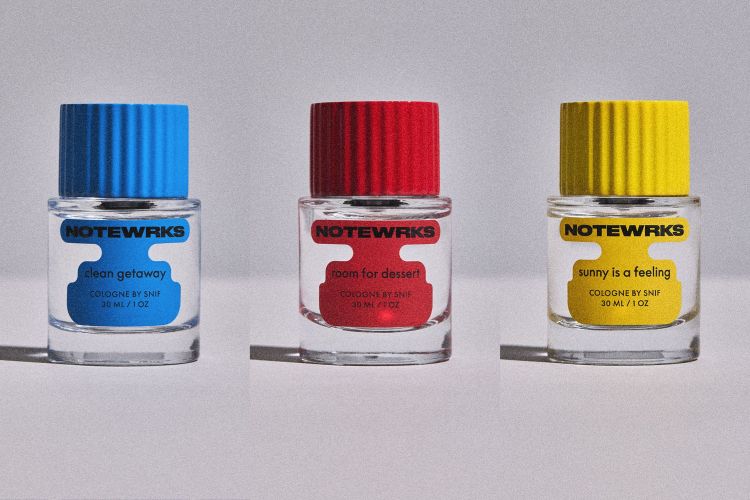The 700-year-old partial skeleton of a teenage girl had been buried once, and then interred in storage in a bioarcheoligist’s storage after its initial 1991 testing.
But when Nicole-Smith Guzmán reexamined the remains recently, as Smithsonian notes, she discovered what is believed to be the oldest known evidence of a cancer victim in Central America. (Read her recently published research paper about it.)

Dug up in Panama in 1970—in what was a primitive trash dump—the bones are believed to be those of a female teenager, approximately 14–16 years old, who had a tumor on her arm. It is unknown which type of cancer the teen suffered from, but the mass would have appeared as a swollen area on the teen’s arm and hurt intermittently.

It’s also unclear whether the tumor led to the teen’s death. “We can never really determine cause of death in bioanthropology,” Smith-Guzmán told Smithsonian. “We might be able to suggest manner of death, but in this case I collaborated on this paper with a specialist in pediatric oncology, (Jeffrey Toretsky of Georgetown University), and he doesn’t think that this person would have died of the cancer.”
This article appeared in an InsideHook newsletter. Sign up for free to get more on travel, wellness, style, drinking, and culture.
























